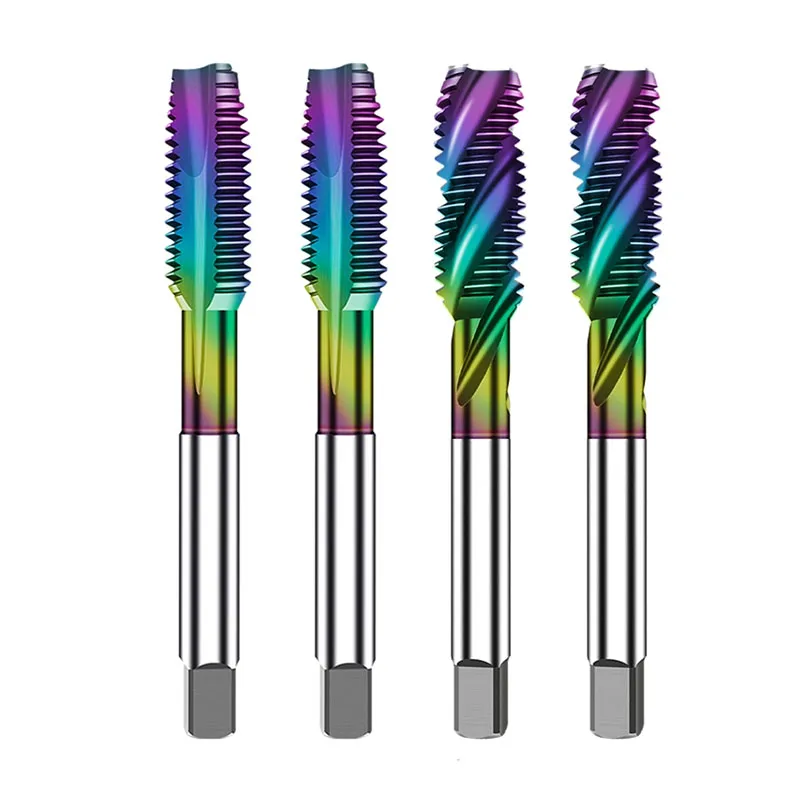What is the purpose of a thread tap?
2024-12-03
A thread tap is a specialized tool used to create or repair threads inside a hole, enabling it to accommodate screws or bolts with matching external threads. This process, known as tapping, is essential in various manufacturing, construction, and repair applications.
Key Purposes of a Thread Tap
1. Creating Internal Threads:
- Thread taps cut precise, helical grooves inside a drilled hole to allow screws or bolts to engage securely.
- Commonly used in metalworking, woodworking, and plastic fabrication.
2. Repairing Damaged Threads:
- When internal threads become worn or stripped, a thread tap can restore them to their original functionality.
3. Ensuring Proper Fit:
- Tapping ensures that screws or bolts align and fit perfectly, providing a tight, secure connection.
4. Supporting Thread Inserts:
- Prepares holes for the installation of thread inserts, such as Heli-Coils, which strengthen threads in softer materials.

Types of Thread Taps
1. Taper Tap:
- Features a gradual taper at the tip for easy alignment and initial thread cutting.
- Ideal for starting threads in blind or through holes.
2. Plug Tap:
- Has a moderate taper and is used for continuing the threading process after a taper tap.
- Suitable for general-purpose threading.
3. Bottoming Tap:
- Designed with almost no taper, it cuts threads close to the bottom of a blind hole.
- Used for finishing threads started by a taper or plug tap.
4. Spiral Point Tap:
- Features angled flutes that push chips forward, making it effective for through-hole tapping.
5. Spiral Flute Tap:
- Has spiral-shaped flutes for extracting chips upward, ideal for blind holes.
6. Thread Forming Tap:
- Deforms material to create threads instead of cutting, offering stronger threads and reducing material stress.
Common Applications
- Automotive and Aerospace Industries: Precision tapping for engine components, chassis, and other machinery.
- Construction: Installing bolts in metal structures, plumbing fixtures, and woodwork.
- DIY Repairs: Fixing damaged threads in equipment, furniture, or vehicles.
- Electronics and Precision Instruments: Tapping small, delicate threads for screws in devices.
Tips for Using a Thread Tap
1. Choose the Right Tap:
- Select a tap that matches the thread size, pitch, and material of the workpiece.
2. Use a Proper Drill:
- Ensure the hole diameter matches the tap's specifications for accurate threading.
3. Apply Lubricant:
- Use a suitable cutting fluid or lubricant to reduce friction, prevent tool wear, and improve thread quality.
4. Maintain Proper Alignment:
- Hold the tap perpendicular to the workpiece to avoid angled or misaligned threads.
5. Work Slowly:
- Turn the tap gradually, periodically reversing to clear chips and prevent binding.
Thread taps are indispensable tools for creating durable, functional connections in a variety of materials and industries. Proper usage ensures precision and extends the lifespan of both the tap and the threaded component.


